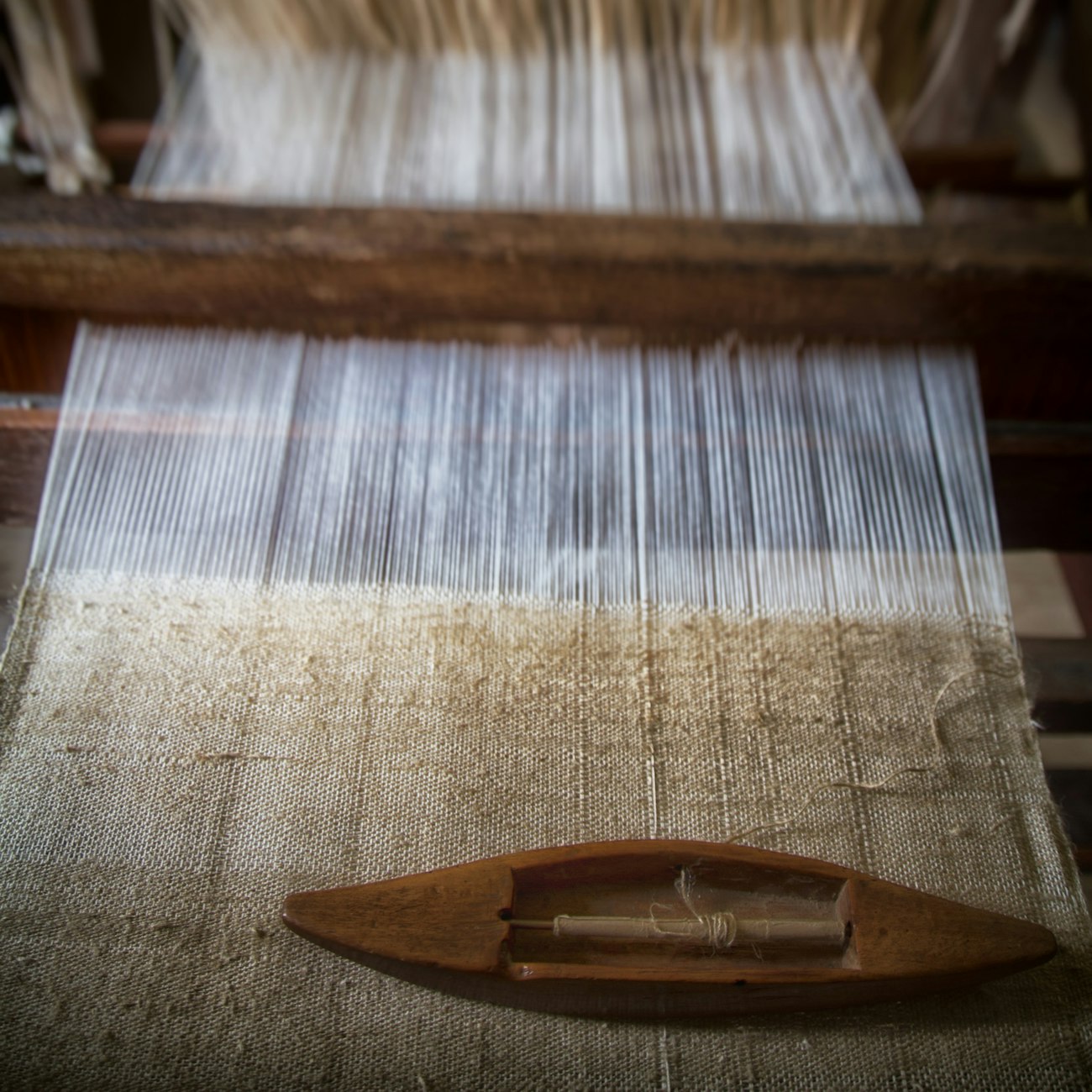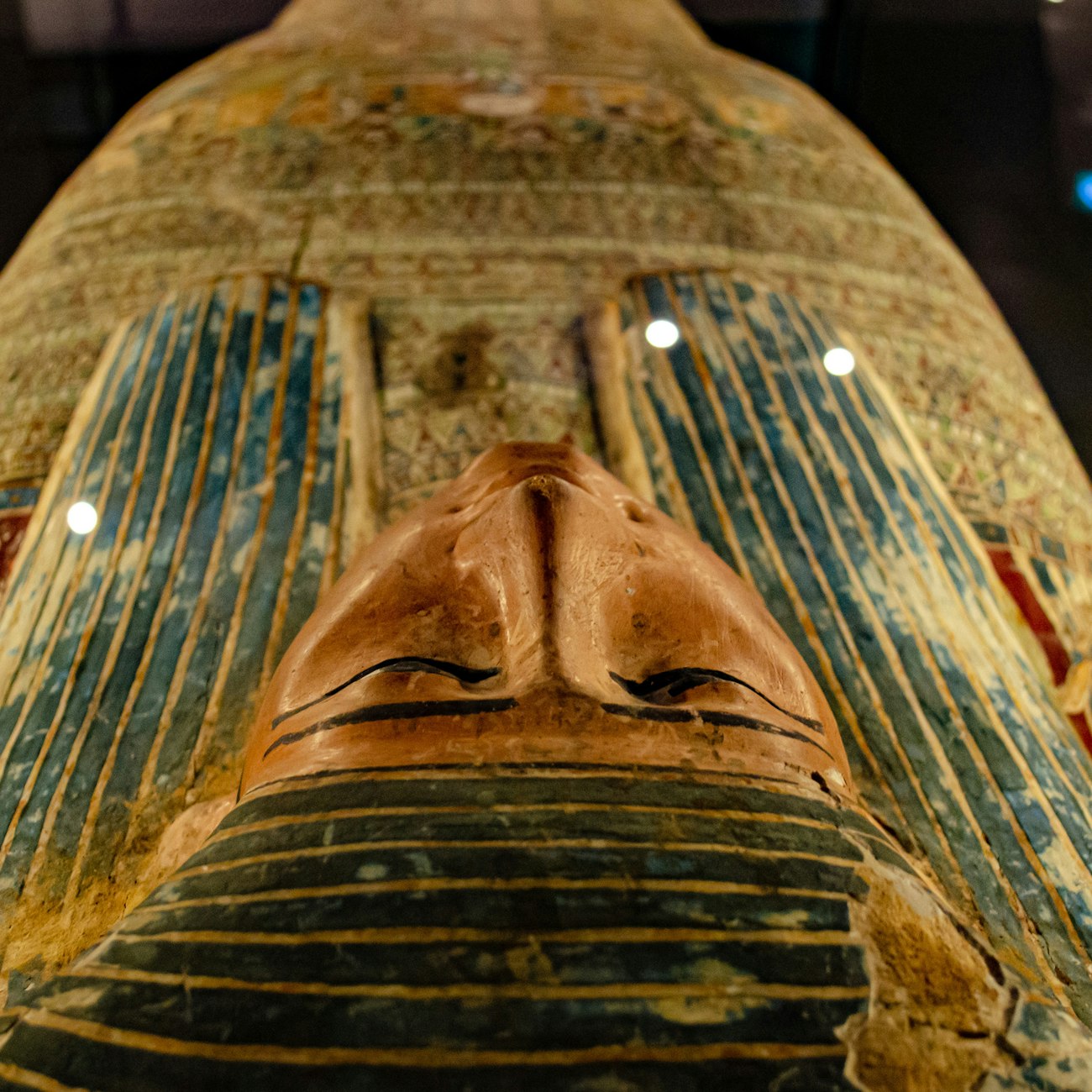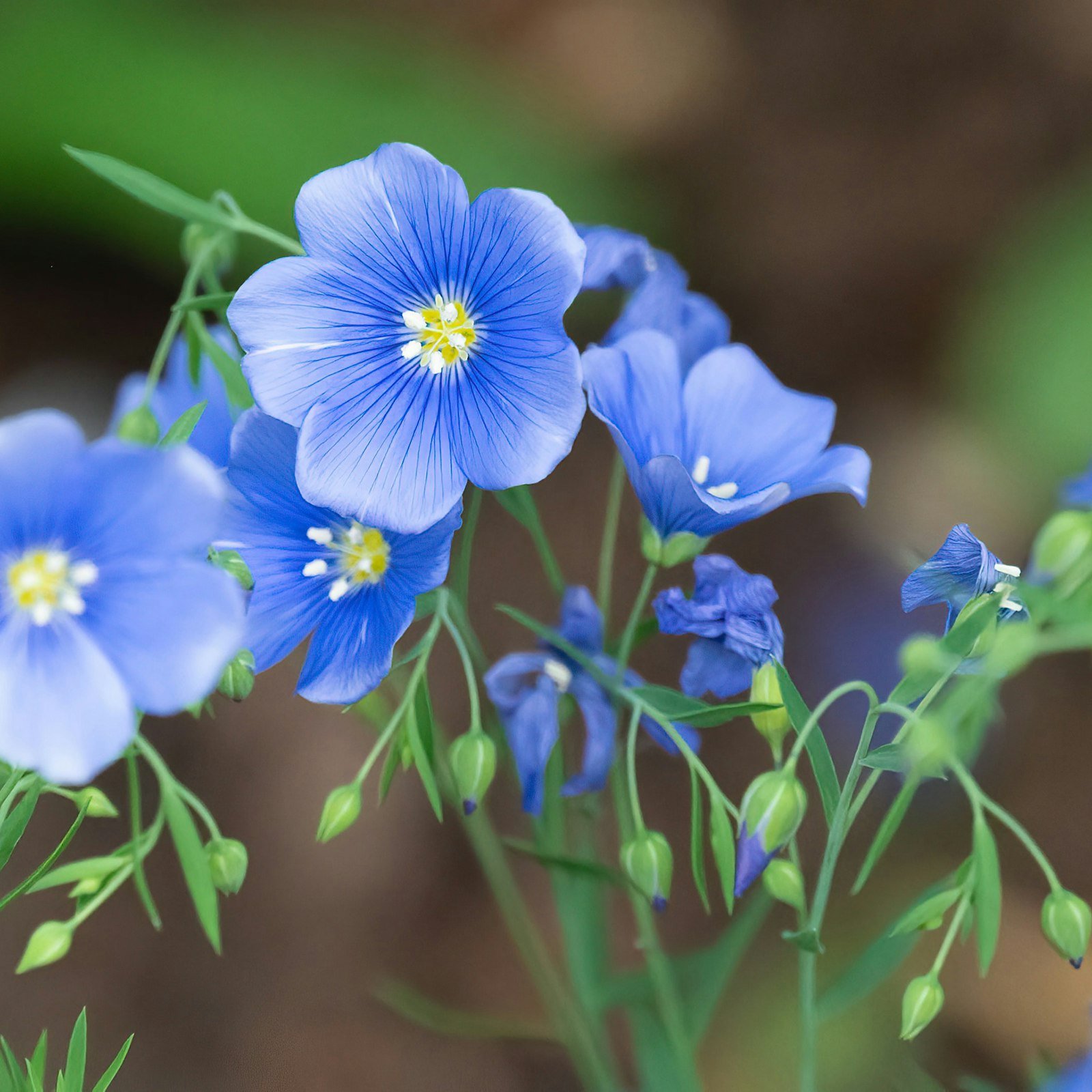Flax is one of the oldest fibers to be used for cloth. The use of it in Egypt dates back to the fifteenth century BCE. That’s more than 3,500 years! The harvest of flax happened before the wheat harvest and was a very important commodity in Ancient Egypt. The flax was woven into linen which is one of the strongest fibers in the world, getting stronger when wet. The flax’s high pectin content (like the stuff in jellies and pies) creates glue when mixed with water. This also helps linen to decay at a much slower rate than other fibers. This is why linen cloth from Ancient Egypt can still be found intact.
 Photo by Nickolas Nikolic on Unsplash
Photo by Nickolas Nikolic on Unsplash
It also protected the body against moisture that causes decomposition. Why is that aspect of linen important? Well, according to the religion of the ancient Egyptians, in order to make it to the afterlife the body had to look as close to life as possible. While after death the soul was believed to initially leave the body, if everything went well and it didn't get eaten by Ammit the Devourer, the soul would return to the body. Of course, in order to find the correct body they had to be able to recognize it and find it in usable condition when it returned, and that meant it had to be preserved in some way.
 Photo by Narciso Arellano on Unsplash
Photo by Narciso Arellano on Unsplash
Once the embalming process was finished, the body was dried out the body with salt. After that, the mummies needed and extra layer of protection. This is where linen came in. Each mummy took a lot of linen, and we're not talking about a few yards; each mummy required about 150 meters! For the lower classes, it was very common to recycle this linen from old clothes and household objects. After masking the body and putting it in its coffin, the person was ready for the afterlife.
Published 12/04/2015 Revised September 14, 2022

